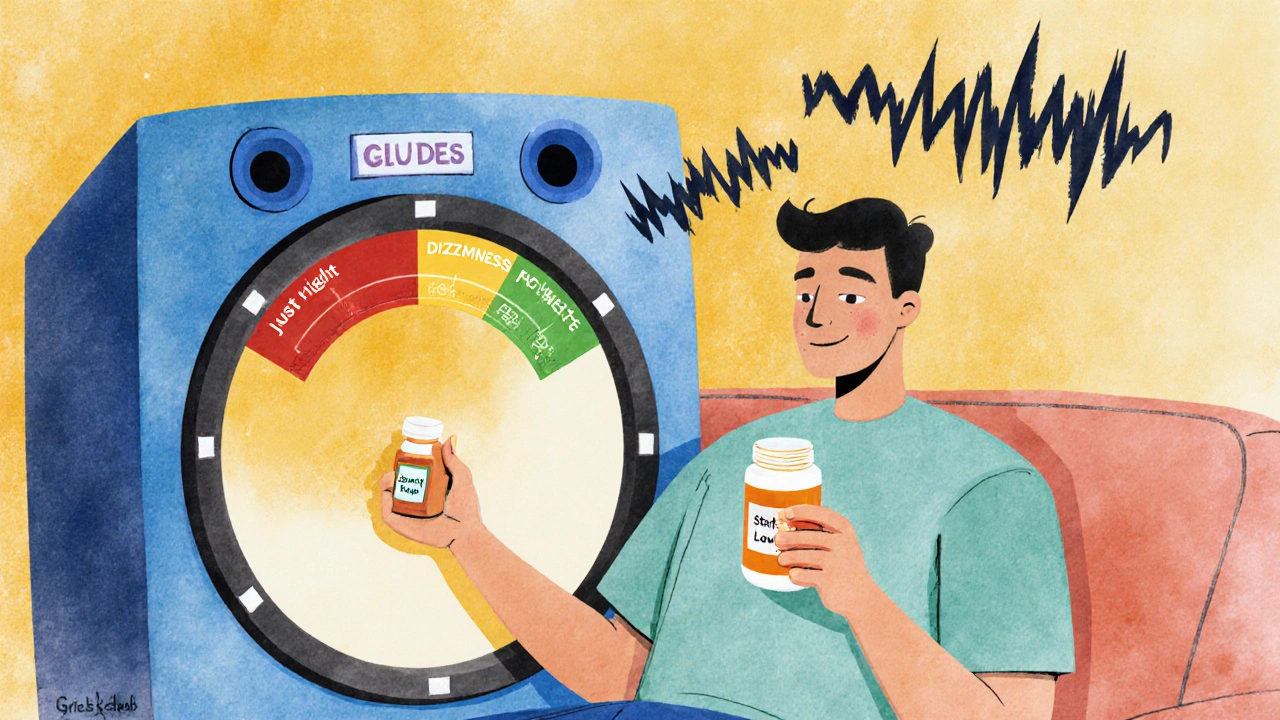When you start a new medication, it rarely works perfectly on the first try. That’s where titration strategies, the gradual adjustment of drug doses to find the optimal level for each individual. Also known as dose titration, it’s a standard practice in managing chronic conditions like depression, epilepsy, and high blood pressure. Instead of jumping to a full dose, doctors slowly increase (or sometimes decrease) the amount over days or weeks—giving your body time to adapt and reducing the risk of bad reactions.
This isn’t just about trial and error. therapeutic drug monitoring, the process of measuring drug levels in the blood to guide dosing decisions plays a big role, especially with drugs like digoxin or lithium, where the difference between helpful and harmful is small. For antidepressants, titration helps avoid withdrawal symptoms and brain zaps. With blood pressure meds, it prevents sudden drops that cause dizziness. Even thyroid hormones like levothyroxine need careful titration—too much can stress your heart, too little leaves you tired. It’s not one-size-fits-all. Your weight, age, liver function, and other meds you take all change how fast or slow the process should be.
Some drugs require special handling. steroid replacement, used for conditions like Addison’s disease where the body can’t make enough cortisol demands precise titration because your body relies on steady hormone levels. Miss a dose or change too fast, and you risk an adrenal crisis. Same goes for anticonvulsants or immunosuppressants after a transplant. Even over-the-counter stuff like nasal decongestants can need titration if you’re on blood pressure meds—you don’t want a sudden spike. The goal is always the same: get you to the lowest effective dose that controls your symptoms without side effects.
You’ll find real examples of this in the posts below—from how pharmacists guide patients through tapering antidepressants, to why digoxin levels must be checked regularly, to how acid-reducing meds can mess with absorption and force a dose tweak. These aren’t theoretical ideas. They’re daily decisions made in clinics, pharmacies, and hospitals. Whether you’re managing a chronic condition or just started a new pill, understanding titration means you can ask better questions, spot red flags, and work with your provider to find what actually works—for you.

Dose titration is the proven method of slowly adjusting medication strength to reduce side effects and improve tolerance. Learn how it works, why it matters, and what you can do to make it work for you.
read more